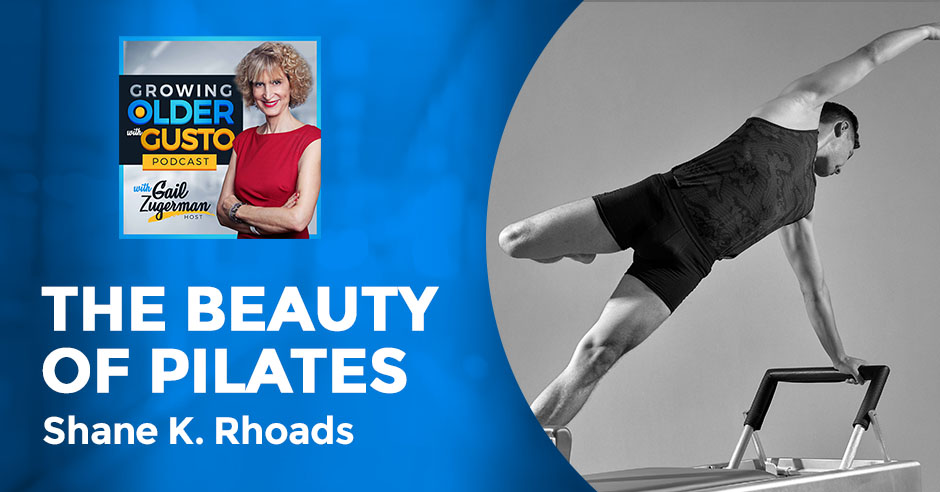
Pilates is the path forward for many people who have been active and are experiencing back and shoulder issues. Shane Rhoads of Movement Med talks to us about his journey and how he became interested in the field of Pilates. This interest fueled his desire to start a business encompassing Pilates and other forms of self-care that help people to “grow older with gusto!” Tune in as he also explores the importance of finding qualified instructors to maximize the benefits of Pilates, especially if you are already a senior.
—
Watch the episode here
Listen to the podcast here
The Beauty Of Pilates With Shane K. Rhoads
Welcome to Growing Older with Gusto. We have another exciting guest who’s growing older with Gusto and helping others to do that too. My personal experience as I’m growing older is the need for Pilates to keep my back in tip-top shape so I can enjoy doing some of the activities I love, like biking, swimming, and playing golf.
Our guest is Shane Keith Rhoads. He’s a professional trainer who turned his background in education into a Pilates, rehab, and medical exercise studio and a business, which he calls Med Movement. The business that he started in 2017 is unique in that he has created an environment for people to experience Pilates and other types of rehab exercises. He has a lot to share about his evolution, so let’s bring him on. Welcome to the show, Shane.
Thanks for having me.
Getting Into Pilates
My pleasure. In talking to you, I know you started in a way that is probably a little bit more unconventional than somebody starting a Pilates studio. Could you talk about how you got into the business of integrating body and mind?
I’ll go backward to tell you where the first light-up moment is. I’ve been in fitness for probably over 30 years. I started when I was a sophomore in college at Goodyear Fitness Center and Corporate Fitness. My major was Exercise Physiology and then Sports Medicine, working with athletes. I was an athlete at the time, so I was enamored with working with athletes. In grad school, I was a strength and conditioning coach for college sports teams and an athletic trainer, the guys who take care of injuries and tape ankles.
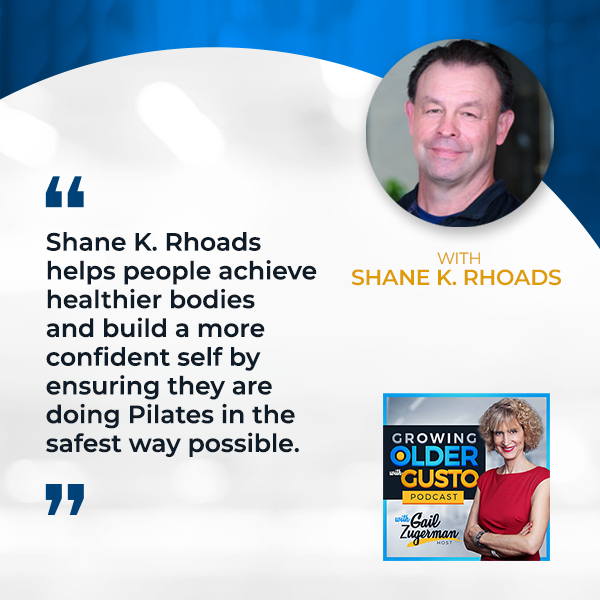
I had to put a lot of hours in and I had very limited time. I asked them, “Can I count my weight room strength coach hours as sports medicine hours?” They’re like, “No, but if you become the last-phase rehab guy in the weight room, we’ll count those hours.” I fell in love with working with people in that last transition from injury to full health again. That kept me still in sports. I went into professional baseball after that and had a private business after that. I also did some other things. At some point, I remember reading an article about Pilates.
What year was that, would you say?
1989, I was in school.
The reason I asked is that I’m hooked on Pilates. I know from talking to people that Pilates has evolved from when Joseph Pilates introduced it to the world, from being classical and helping dancers to being part of a rehab program. I was curious.
1996, 1997, I was looking for some new avenue and I came across an article. As I was saying, Pilates was starting to be in the public eye, but more from celebrities doing it, and it was on TV. I saw this article on rehabilitation in the Pilates setting, Brent Anderson and Polestar Pilates. It clicked. It’s like this system and equipment can allow me to do almost everything with someone. It’s a long-term longevity-type exercise routine.
It’s non-impactful. It works on all the mobility and stability you need, and there’s a lot of variety. It’s something you can do for a lifetime. That appealed to me because I can help rehab people, or help them with their medical conditions and get fit. I can keep doing it until they’re 100 years old. We have a client here who’s 96.
When did that client start doing Pilates?
I never asked her. She works with one of the other instructors. It appealed to me in that way. I decided to go full into Pilates and got trained, and I worked at a number of Pilates studios over the years until I started my own business, which you know now as Movement Med.
Body And Mind
You’ve talked to me a little bit in our conversations about the integration of people trying to take care of their bodies but also their minds. Can you talk to us a little bit about that?
One of the appealing parts of the Pilates environment is there’s a focus on mindfulness and breathwork while you’re learning to move more efficiently and while you’re either strengthening the right muscles or trying to get more mobile. Other forms like yoga do the same thing, but putting it all together is more appealing and more effective.
I’ve been a longtime fan of yoga and I started Pilates a few years back, and it is very different. The breathing is very different because you’re breathing when you’re doing the exercises in Pilates, whereas in yoga, usually, you start out with the breathing exercises and then proceed to do the physical part of yoga.
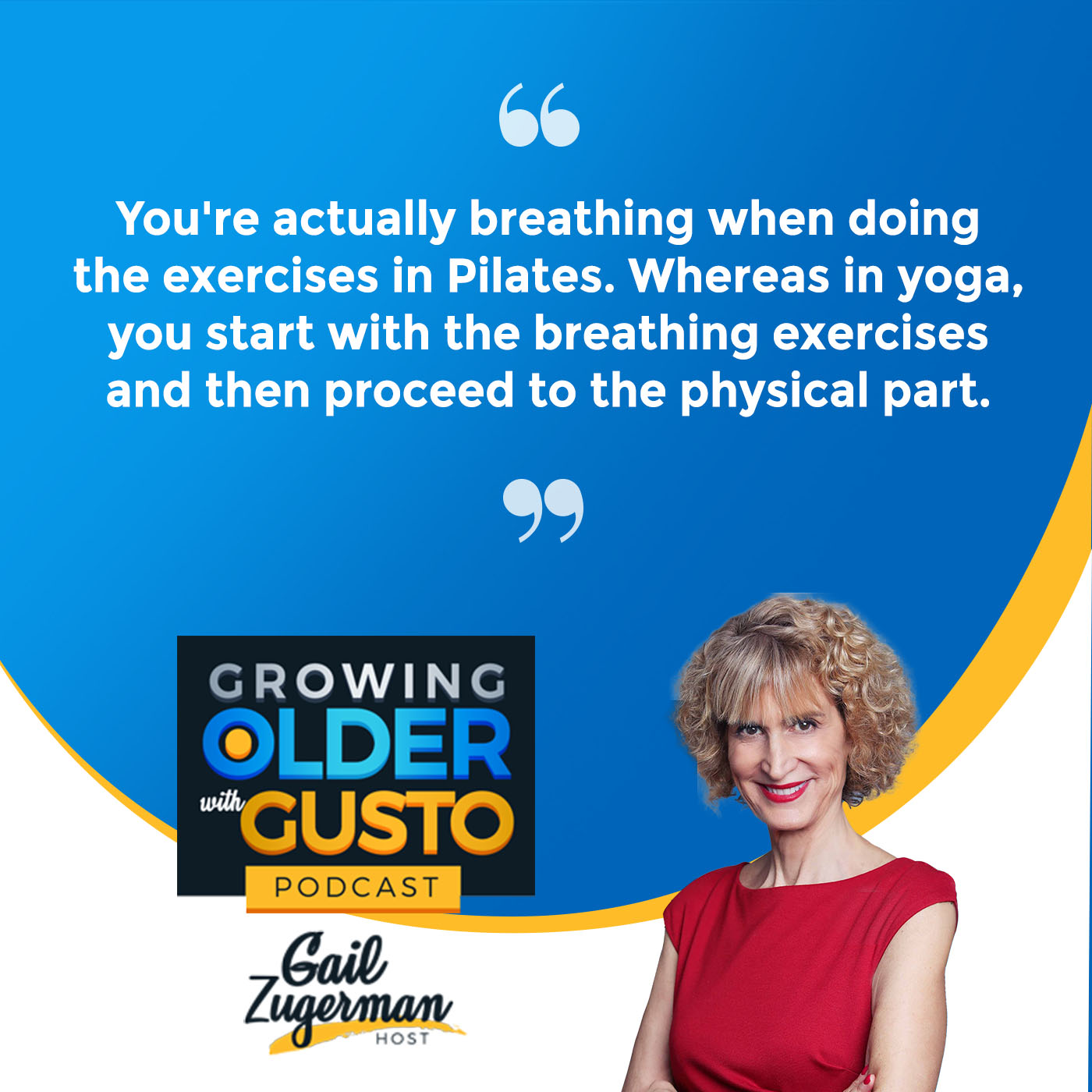
There are a number of things, but the breathwork will help you learn to calm yourself while you’re stressing yourself if that makes sense.
Breathwork will help you learn to calm yourself while stressing yourself.
It does. It’s a challenge.
You learn properly, so part of the appeal for it is you’re learning how to move more efficiently besides getting stronger. It takes slowing down in your mind to help your brain pick up that, like when you’re learning a dance routine.
That’s interesting.
There are a lot of health benefits to good breathwork as well. Joe Pilates, from the very beginning, one of his first core principles was breath. His statement was that it’s the first and last act of life, so you better get it right.
Classic To Rehab
I like that. It’s a good quote. What about this movement from classic to more rehab? When did that take place? Was that in the past 5 to 10 years?
It’s longer than that. I don’t know if your audience is familiar with Joe. I can tell a little quick story about Joe.
That’d be great.
Joe Pilates was a sickly child with asthma. He became interested in physical culture or exercise at the time to improve himself. He did run away with the circus. At one point, he was in England. This was right when the war broke out. In 1914, he was teaching self-defense to Scotland Yard detectives and went to an internment camp on the Isle of Man. While he was in the internment camp, he decided to teach exercise to all the other prisoners of war, and then he started working in the hospital to help patients,
Whether it’s true or not, that’s where he got the idea of using the springs because he would use the springs to attach to their limbs and help them start moving sooner, which was way ahead of its time. We used to cast people and leave them there. He came out after the war and went back to Germany where he continued to cultivate his perfect mat routine.
Classical Pilates is very familiar with the Joe Pilates mat routine, which is a full-encompassing routine that covers your whole body. It teaches you fitness, wellness, mobility, and strength. All those exercises in a sequence are supposed to be the perfect routine. The machines, which he got the initial idea for from his time in the camp, were supposed to help you do the mat routine better.
Not to get off our topic, the machines are where the rehab professionals started playing around with because I always tell people that no one can come through my door without having a positive movement experience. We have spinal cord-injured clients from 95-year-old clients to healthy people. You can use this environment or these machines to set up situations where you can have success. You can’t always have that on a floor routine at first. It made a lot of sense.
That happened to me because I started out on the floor. Depending on who was teaching, I either liked it or didn’t like it. I had a love-hate relationship with mat Pilates. When I got onto the machines, I fell in love with Pilates. In the past year or so, I’ve used it as a rehab form of exercise.
It helped you have success in your body. Sometimes when you’re a little challenged on something, you can’t have that positive experience. It’s harder to like. The right instructor is going to bring you along with the machines to get you to a point where you can do those other things and it feels good.
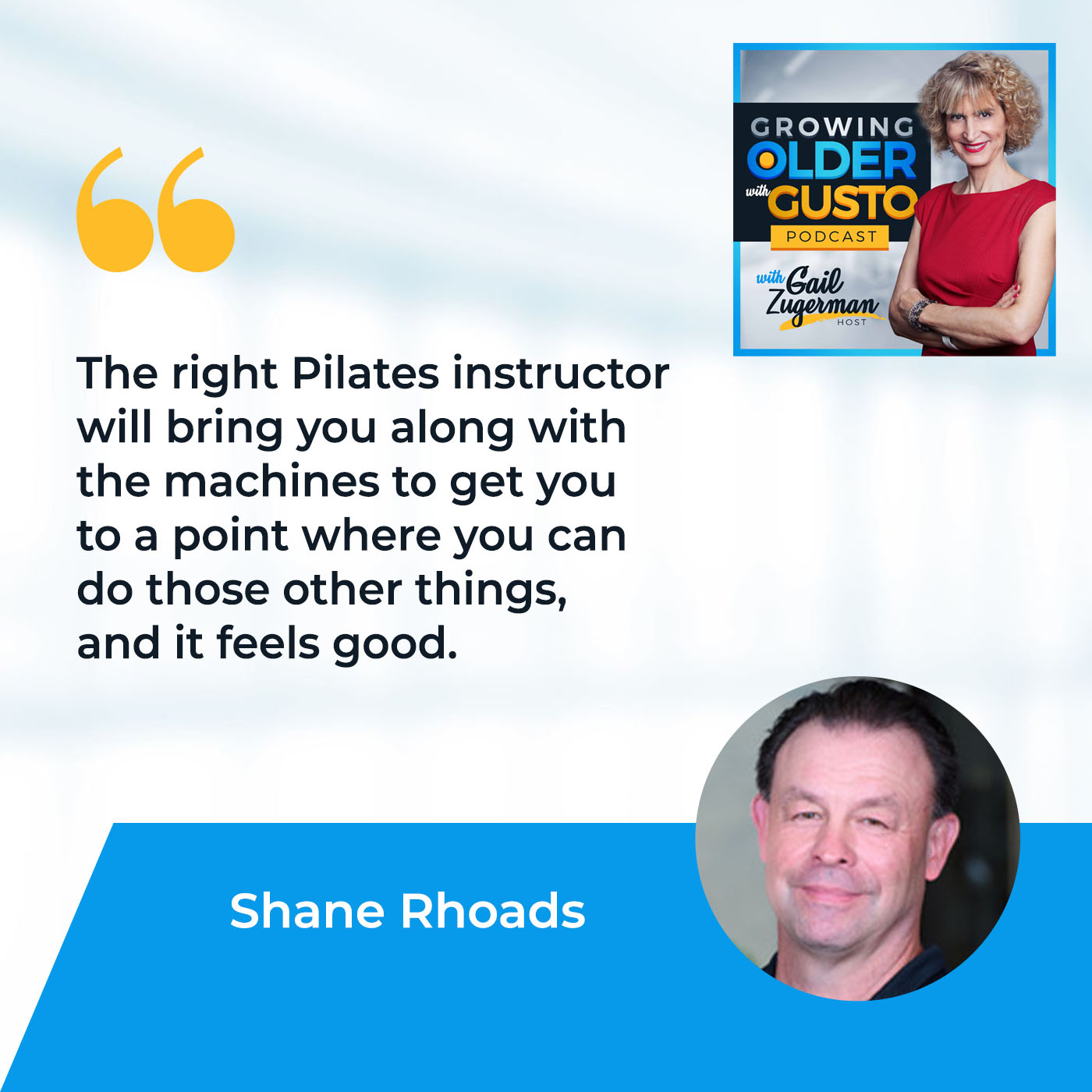
Benefits Of Pilates
Tell our audience a little bit about why Pilates is the best. To me, it’s a good long-term health approach as we grow older with gusto.
It’s low impact. That’s first and foremost. It’s a focus on all the elements of health, strength, mobility, flexibility, mindfulness, and breathwork that we spoke of. There’s probably not a large cardiovascular element, but I always tell people that what we do here is going to enable you to do what you do out there more efficiently and without pain. You can take up a dance class. It helps you add that into your life if that makes sense.
It does. I know that I’ve experienced building up the heat when I’m doing Pilates. What is that all about? It’s not cardiovascular.
Sometimes you focus hard. It makes everything to start working harder.
Growing Old With Fitness
There’s so much information out there on how to grow older both physically and mentally these days. How do you recommend to our audience to navigate the fitness world while growing older?
That’s a big challenge for some people because if you understand social media and algorithms, you can go down the wrong algorithm and get fed all kinds of twenty-year-olds doing advanced exercises that you should not even be trying. There are organizations out there. First and foremost, let me back up. Find someone who’s able to help you, who has experience with either working with seniors or working with medical conditions in exercise. Your doctor is a good start, but I’m talking about the day-to-day people to help you.
Find someone who can help you get the full experience of Pilates. Your doctor is a good start, but also check those people whom you meet every day.
It’s not always financially feasible to work one-on-one with someone. Find the right classes and seek out the right types of studios that are more conducive to your age and goals. There are organizations though. You can look up online. There’s the Healthy Aging Association, the International Active Aging Association, the Medical Fitness Association, and the Medical Exercise Association. By putting in the right keywords, you can find good information online for senior exercise or exercise with medical conditions, which is another aspect of what we’re talking about.
Movement Med
I wish there was another word for seniors. I haven’t thought of one yet. If you do, let me know. What else would you like to talk about? I know that there are new things in store for Movement Med. Do you want to talk a little bit about that? What’s next for you?
At Movement Med, we always talk about how we’re trying to help as many people as we can. We first started out with more of a one-on-one personal training type model. This year, we’re launching more small group specialty classes geared towards conditions. We have a Steady Steps program for balance. We have always had a long-time chronic back program that I’ve run, but we’re going to do it in a small 3- or 4-person format. We’re trying to add some online libraries to those so people can be helped at home. We have a Parkinson’s program too.
What are you doing for Parkinson’s?
We’re going to start in the fall with a small group class. For years, we’ve been trying for grants for it, but we’re going to launch it anyway. We’ve made a lot of connections in that community. One of my instructors is diving deep into the Parkinson’s world, and that’s going to be her specialty. There’ll be 3 to 6 people, a small group, and a sequence of education and exercise over time.
Will you be doing boxing with the Parkinson’s?
It’s more of the strength, mobility, and balance work that complements. Boxing is popular for Parkinson’s.
That’s what I heard, that’s why I asked. That’s exciting. Do you offer massages?
Yeah, massage, myofascial work, we have a Rolfer as well here at the studio. We did add that this year.
Tell us about that. Tell us why that’s an important complement to everything else that you’re offering.
Sometimes you run into problems you can’t solve and some of your aches and pains with movement and exercise. Although as movement professionals, we like our yoga and Pilates, I would like to think so, sometimes it’s nice to have someone professional with educated hands to help you relieve tension patterns in fascia or muscle tissue. That’s going to help complement what we’re trying to do within the studio.
Sometimes, you run into aches and pains in your body that you cannot simply solve with movement and exercise. In such cases, it is never a bad thing to seek professional help.
Out of all the types of massage therapies that you offer, what would you say is probably the best for somebody who has severe spinal stenosis?
All three of the people here who do massage are clinically trained. They’ve worked in clinical environments. That’s first and foremost. You’re looking for someone who can understand what you’re dealing with, work away from the area of pain, and address upstream and downstream, where those tension patterns are starting. Sometimes with stuff like stenosis or disc herniations, you still have to move. If you become too sedentary, it deteriorates as well.
How do we get your body able to manage that spine and move more efficiently to cause less stress to it? Part of that’s being stronger in the right areas, and mobile in the right areas. Part of that is you have these tension patterns in your fascial tissue or muscle that someone like the massage therapist can help relieve, without regressing or spreading symptoms.
Achieving Better Results
That’s interesting. Shane, is there anything else that we haven’t touched on that you might want to add to the conversation?
How long have you been doing Pilates?
Maybe this is my second year full-time. I’m trying to make it consistent. I did do mat Pilates for a while off and on, but it was something I didn’t like, particularly if I was taking it in a group class format. I had to like the teacher to do it. It was a love-hate relationship with mat Pilates. I’ve been doing it regularly for probably two years.
Pilates is growing still. It’s been growing for a long time, but it’s taken on a lot of different, as far as fitness business aspect, a little of different avenues. You have places online where we’re working a lot of one-on-one and trying to help treat conditions or improve your posture and long-term health. You have big group places that are more about the experience of harder exercise and loud music. That’s the hardest thing for everyone to navigate when they hear Pilates, especially when a doctor would say, “Go do Pilates for your back,” and you walk into the wrong place.
You’re right. I know somebody who said, “I’m having back surgery because of Pilates.” I’m like, “What? Are you kidding me?”
As with anything, you’re hiring the right professionals. With the mat work, the biggest challenge was it was very lucrative for studios to start doing group classes on machines. Except for the pure classical studios, I’m sure they do phenomenal mat stuff, the good instructors wanted to stay on the machines. I had a person who learned from me years ago when I was in San Diego, and all she wanted to do was mat. She became the greatest mat teacher ever. There are people out there who are like that. They are purists. That’s more about getting their background if you’re going to go that route. It’s beautiful work, the mat work. You have to have the right person to bring you along if it’s too challenging for your body at first.
Is there anything like a step-by-step program where you do mat and then you progress to the machines, or you do them together? How does that work in the world of Pilates?
I see it here all the time with my instructors. I see them doing mat work and then also using the machine for areas that you may not be as good or strong to help complement that leg. I think originally, Joe intended the machines to help prepare you for doing this perfect mat routine. That’s probably the best way to do that. You can still find that enamored mat Pilates teacher who’s going to take their time and teach you how to do a perfect mat routine. It’s the same thing in yoga. You come across the same thing in yoga.
That is very true. There’s nothing like a committed teacher who’s excellent at what they do.
If you’re working with someone, you have to like their personality and their approach.
Episode Wrap-up
This has been great and interesting. How can our audience find their way to Movement Med?
MovementMEDChicago.com is the best way. On Instagram, we’re @MovementMED, and MovementMEDChicago on Facebook. We’re on Instagram and our website. I don’t do too much on Facebook.
I understand. Thanks for being on the show. This has been interesting. I’ve learned a lot too, and I’m sure my audience will too. Thank you for being on the show. To our audience, remember to stay curious and stay connected. Drop me a comment if you’d like to. You can find us on any podcast platform and our YouTube channel, Growing Older with Gusto. Thanks, Shane. Have a great day. Bye.
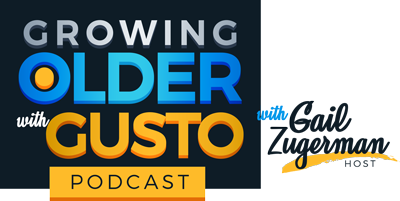

0 Comments